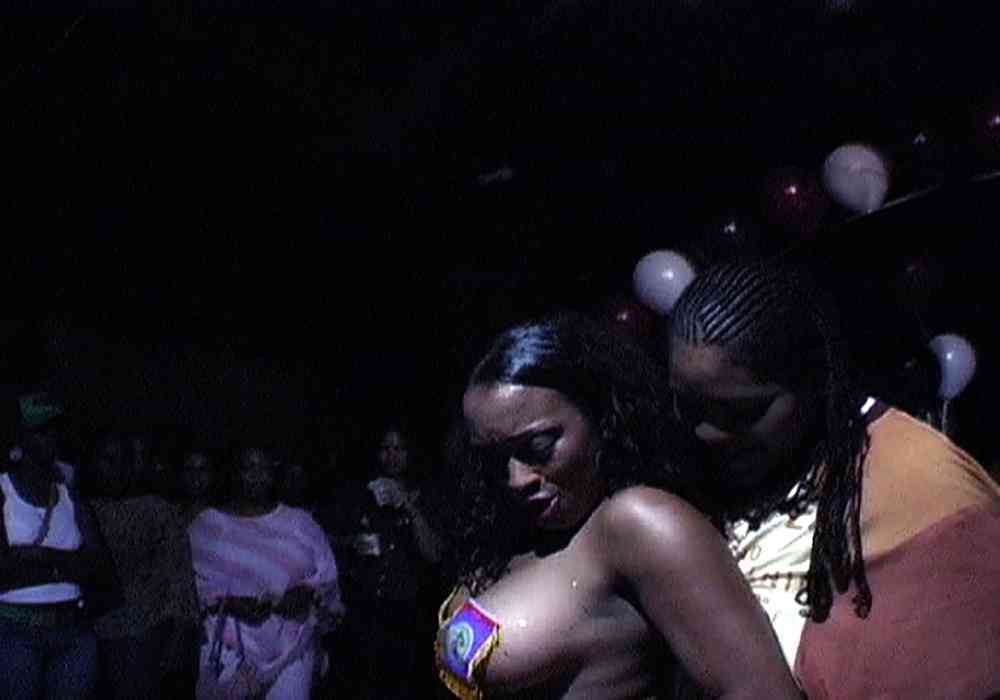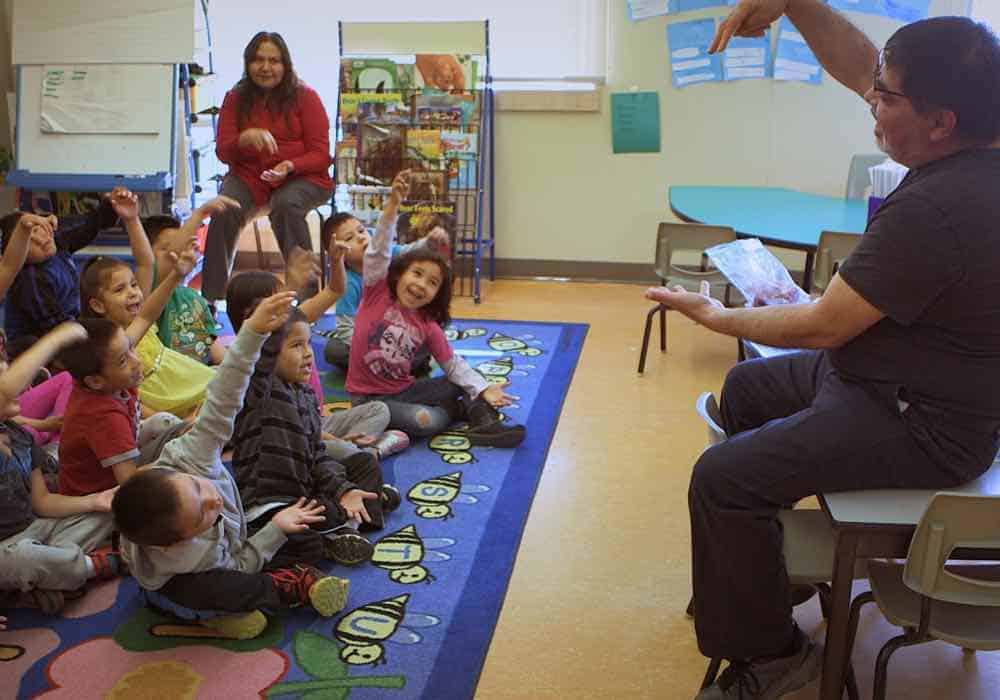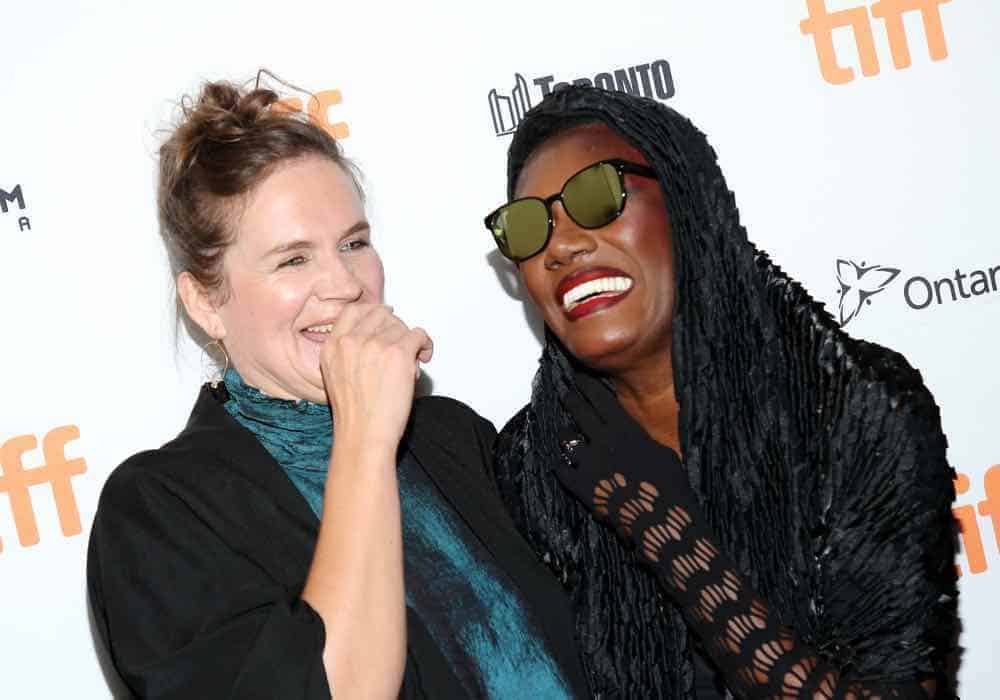Director Ann Shin and producer Hannah Donegan discuss the making of My Enemy, My Brother, Shin’s poignant documentary about two men who fought on opposite sides of the Gulf War.
Explorations in Documentary
Documentary filmmakers consider why and how they tell non-fiction stories.
Leilah Weinraub on exalting hedonism in Shakedown
Leilah Weinraub discusses Shakedown, waiting for the right climate to release her film on black lesbian club nights, the pitfalls of classic documentary practice, and trusting your audience.
‘It was exciting to see the possibilities that should be there for all’: Alanis Obomsawin on Our People Will Be Healed
Documentarian Alanis Obomsawin discusses depicting community, gaining the trust of her subjects, and centering their voices in her 50th film on contemporary indigenous issues in Canada.
‘Cutting at right angles’: Frederick Wiseman on Ex Libris: New York Public Library
Frederick Wiseman on the making of his exquisite Ex Libris: New York Public Library, which is about the role of the library in society.
‘What I really wanted to know was: ‘Why did we stay?’’: Mila Turajlic on the trauma of ex-Yugoslavia in The Other Side of Everything
In Mila Turajlic’s doc The Other Side of Everything, a Serbian apartment divided under communism is a symbol of a difficult past lingering in the present.
TIFF17 Interview: Sophie Fiennes on Grace Jones: Bloodlight and Bami and performativity
‘Being a bitch is not necessarily what you’re doing, but how you’re perceived.’ – Director Sophie Fiennes on making Grace Jones: Bloodlight and Bami





